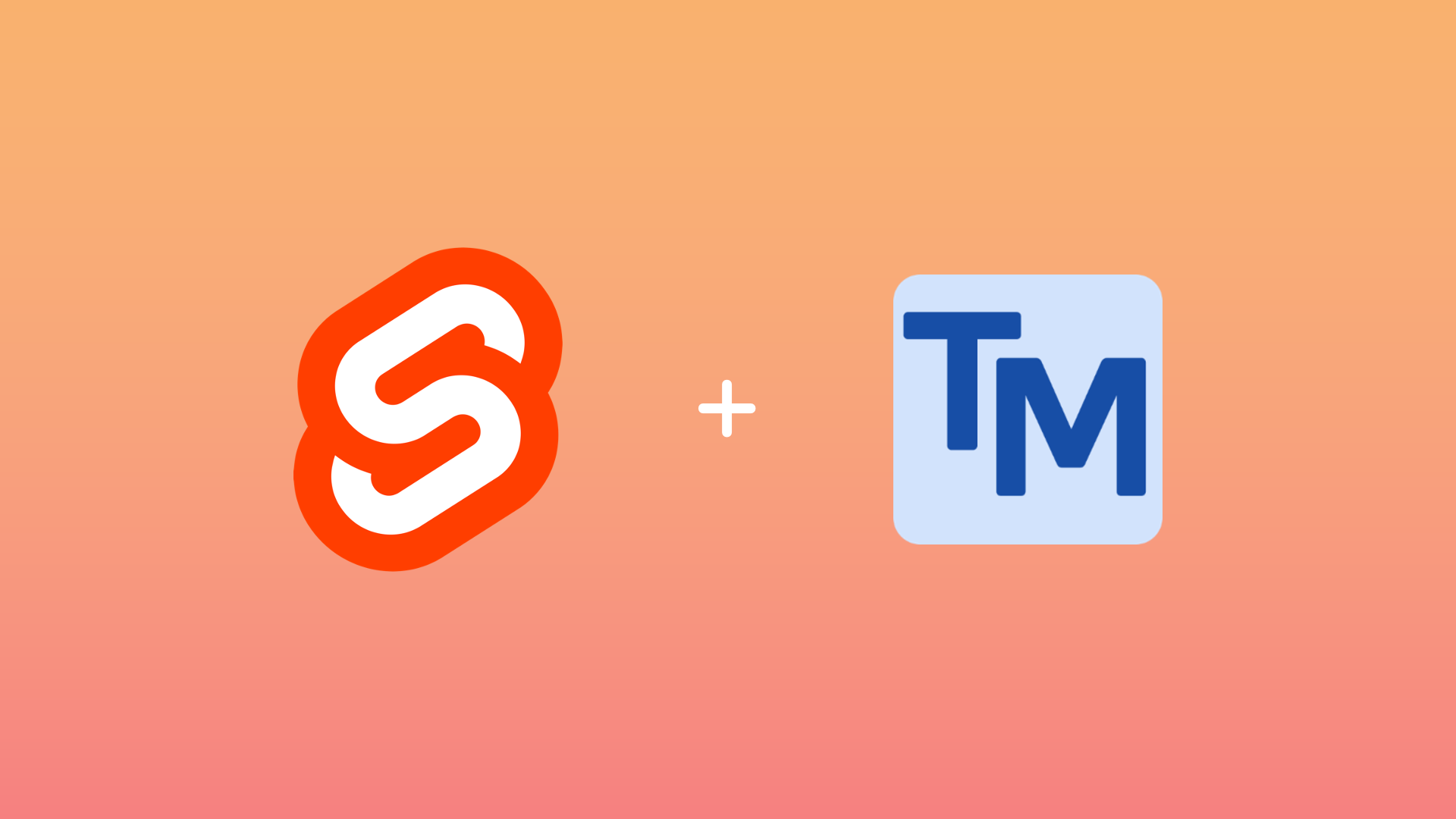
teachable-svelte: An open-source Teachable Machine wrapper
By Ian Thompson on Saturday, July 8, 2023
Here, I describe teachable-svelte, an open-source wrapper for creating, training, and using machine learning models compatible with Google Teachable Machine.
About
Teachable Svelte is an open source project I created during my time as an undergraduate research assistant at Clemson University. This project is currently a work in progress and still needs many features added and many bugs fixed.
In this application, users can create image classifiers using their webcam or by uploading an
image. Then, a model will be created using @teachablemachine/image and @tensorflow/tfjs packages. Once the model has been created and trained, the
model becomes available for download and is serialized into a model.json, metadata.json, and model.weights.bin file. These can then be utilized else where.
The downloaded model is Teachable Machine compatible, as in, it is in the same format and schema as produced by using the original Google Teachable Machine program. Thus, anywhere a Teachable Machine model is utilized, a model that was trained using teachable-svelte can also be used.
Purpose
A portion of our research consists of the creation of a web-based application that brings children through a narrative that explains AI through a socio-political ethics lense. Within this project, our goal was to create an environment where learners can create and consume their own AI models.
In initial phases of our research, we have used curriculum from MIT Media Lab's "How to Train Your Robot" wherein students created image classification models using Google Teachable Machine (GTM) and then used those created models within a custom Scratch environment. This extension activated the users webcam and would make predictions based of the trained model. These predictions could then be used to conditionally execute other Scratch-based code users create.
This processed required users to enter the official GTM website, create and train their model, and then copy a URL to the location where Google stores the model and paste said URL back into the Scratch environment where they would do their coding.
This presented a problem for us as researchers. Because Google is the one hosting the GTM application, we are not able to collect any data regarding user activity. As in, we cannot really assess how students are participating in the creation of these classification models. Additionally, these multiple steps in and out of our own narrative we are developing create extra steps for students and researchers to complete, all of which may limit the "immersion" we hope to evoke through our application.
Thus, we knew we needed to create everything in house. Essentially, we needed full control, and Google certainly was not going to hand that over. But, given our reliance on existing open-source programs (the MIT Scratch extension that brings GTM functionality to Scratch), we knew that we wanted to find a way to create our own models that were compatible with the models GTM produces.
* This post may contain affiliate marketing links. By clicking these links, a portion of money you spend on the websites you are referred to may be shared with the owner of this site.
